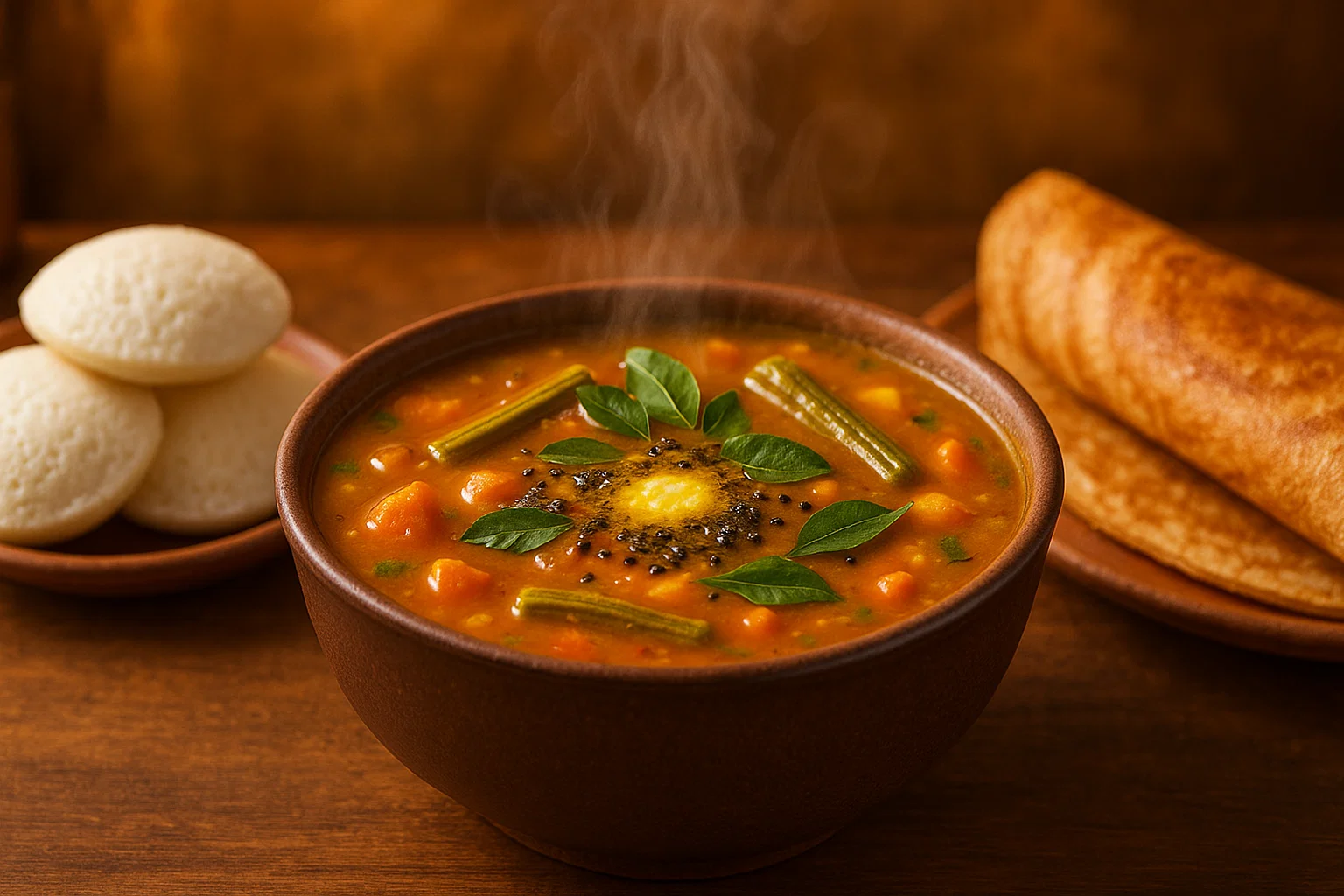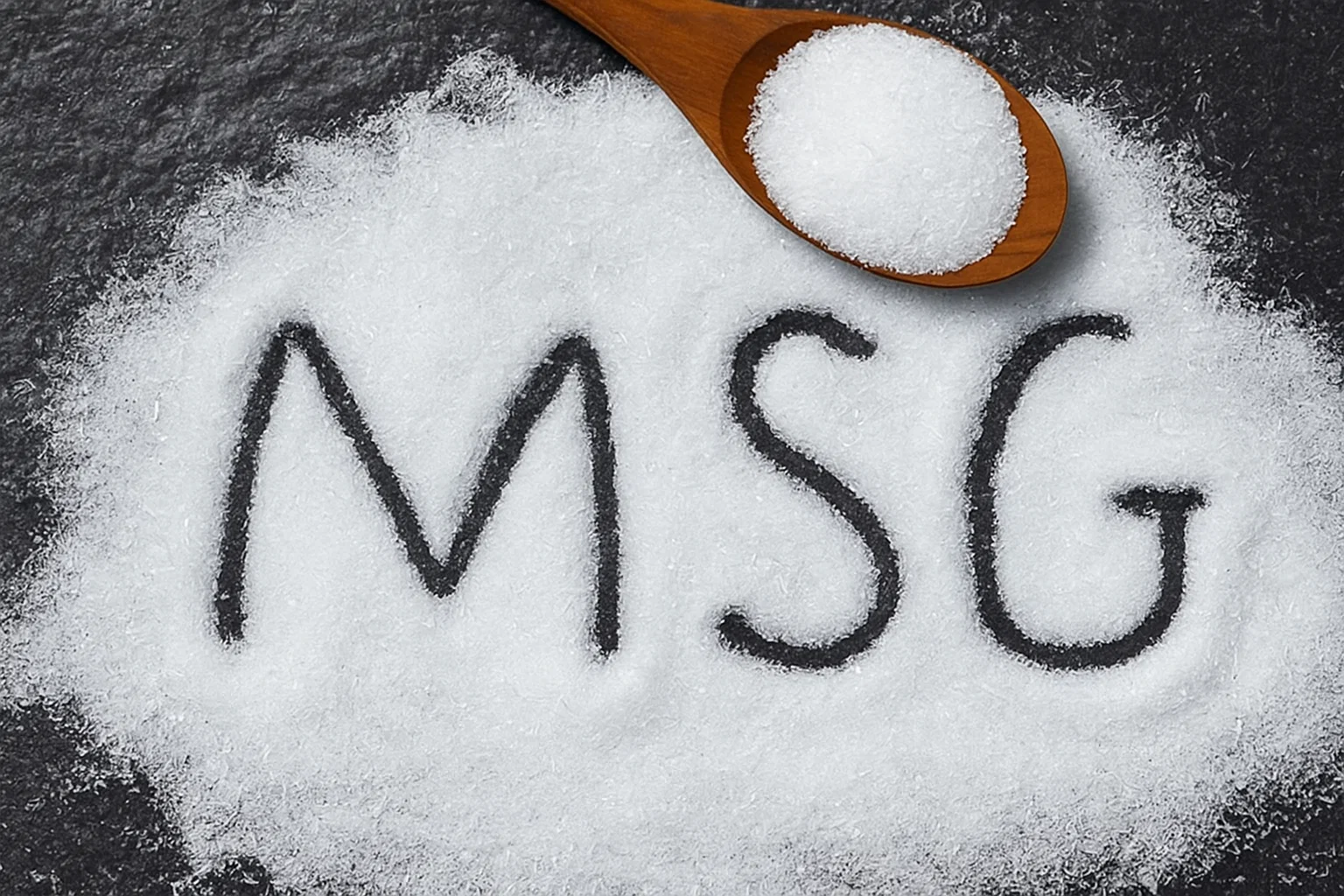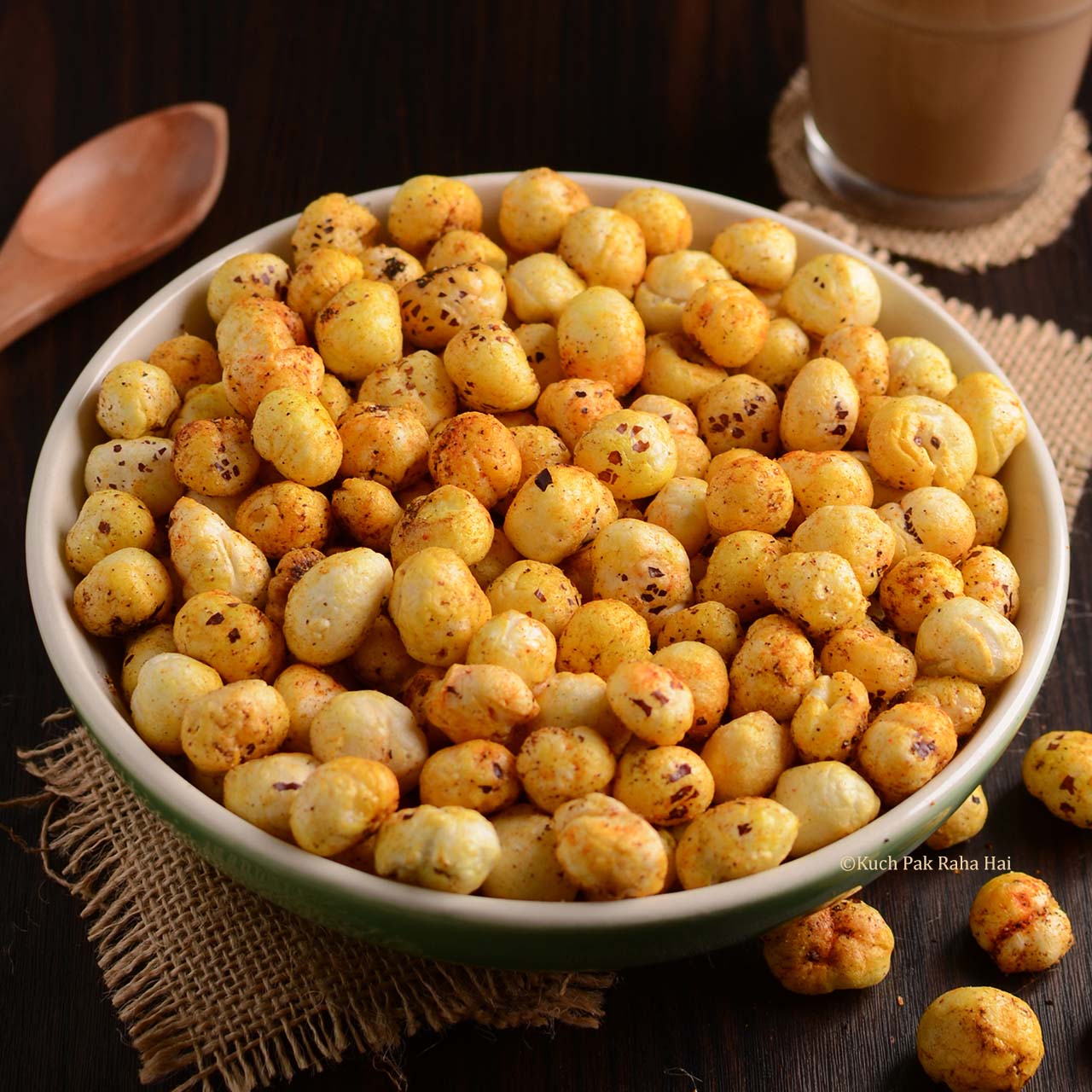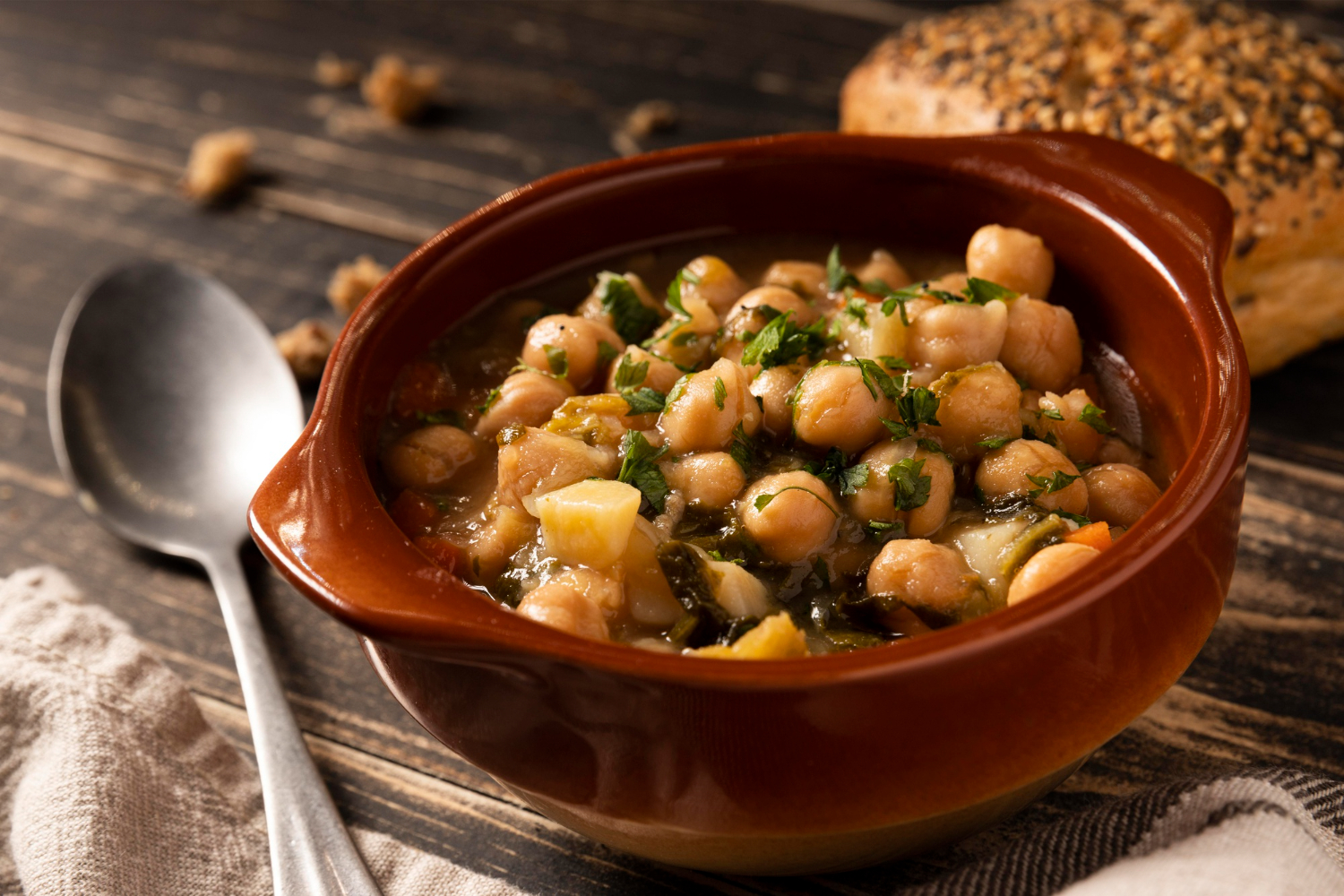Why Ayurvedic Medicine Recommends Sendha Namak Over Regular Salt?
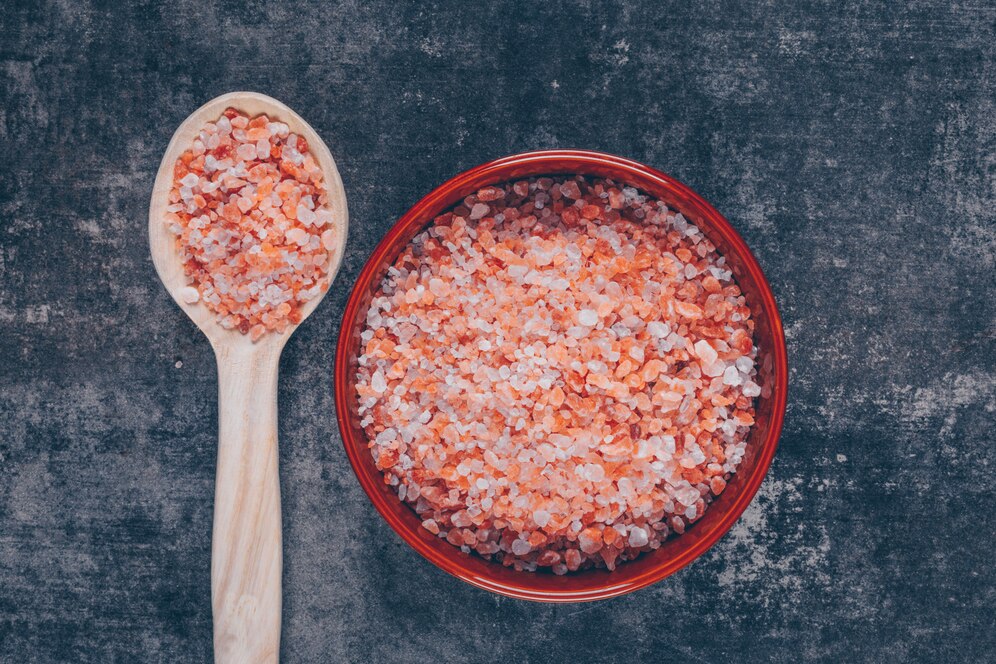
Strong 8k brings an ultra-HD IPTV experience to your living room and your pocket.
I still remember the first time my grandmother handed me a little pinch of what she called “Sendha Namak” during a fasting day. I was barely ten, grumbling about the plain food, when she said, “Taste this, beta. It’s not your usual salt.” She wasn’t kidding. There was something earthier, gentler, almost alive about it — and that was my first lesson in why Ayurveda holds Sendha Namak (rock salt) in such high regard.
Today, let’s dive deep into why Ayurvedic medicine recommends Sendha Namak over regular table salt — and why, if you haven’t already, you should seriously consider making the switch in your kitchen.
Trust me, once you feel the difference, there's no going back.
Sendha Namak vs Regular Salt: What's the Real Deal?
First, let’s clear up a common misconception: not all salt is created equal.
Regular table salt — the kind we sprinkle without thinking — is heavily processed. It’s stripped of its natural minerals and loaded with additives like anti-caking agents and even sugars (yes, surprisingly). What’s left behind is mostly just sodium chloride.
Sendha Namak, on the other hand, is naturally occurring rock salt, often harvested from ancient sea beds. It’s minimally processed, retains about 80+ trace minerals (like magnesium, potassium, and calcium), and — most importantly according to Ayurveda — carries a cooling, balancing energy that supports health rather than disrupting it.
In Ayurveda, food isn't just fuel — it’s medicine. And the quality of even something as “small” as salt can dramatically shift how our bodies feel.
The Ayurvedic Perspective: Salt is More Than Taste
In Ayurveda, salt (Lavana) is one of the six essential tastes (Shad Rasa). It’s vital for stimulating digestion, balancing electrolytes, and supporting nerve function. However, Ayurveda warns that the wrong type of salt can lead to imbalances — increasing pitta dosha (heat) and causing issues like acidity, hypertension, and skin disorders.
Sendha Namak is considered the purest form of salt, tridoshic (meaning it balances Vata, Pitta, and Kapha when used correctly), and sattvic — meaning it promotes clarity, calmness, and overall well-being.
Here’s why Ayurvedic doctors and traditional healers insist on it:
- Cooling in nature: So it soothes inflammation rather than aggravating it.
- Gentle on digestion: It supports Agni (digestive fire) without overheating the system.
- Mineral-rich: Naturally replenishes electrolytes during fasting or illness.
- Non-aggravating: Doesn't disturb the body's natural pH balance like processed salt often does.
- My Personal Journey: Switching to Sendha Namak
About five years ago, I decided to clean up my eating habits. I swapped white sugar for jaggery, refined oils for cold-pressed ones... and then came salt.
At first, I was skeptical. Could switching salts really make a noticeable difference?
Answer: Oh, absolutely.
Not only did my bloating reduce, but my energy felt steadier throughout the day. I started sleeping better. Even my homemade pickles and chaats tasted deeper and more satisfying — almost as if the food itself became "whole" again.
One particularly memorable moment was when I made simple lemon water during a brutal Delhi summer — just water, lemon juice, and a pinch of Chukde Sendha Namak. It tasted so alive, so hydrating, that I actually felt like I could feel my body soaking it up.
Since then, Sendha Namak has become non-negotiable in my kitchen.
Expert Tips for Using Sendha Namak
If you’re planning to bring Sendha Namak into your kitchen, here are some practical tips from my real-life experience:
- Start Small: The flavor is slightly milder than table salt. Begin by replacing half the quantity you normally use and adjust according to your taste.
- Use It in Drinks: Add a pinch to lemon water, coconut water, or herbal teas for natural electrolyte support.
- Perfect for Fasting Foods: It’s traditionally used during Navratri fasts — think sabudana khichdi, vrat aloo — because it's considered pure and sattvic.
- Grind Fresh for Maximum Flavor: Buy chunky crystals and grind small batches. The aroma and taste of freshly ground Sendha Namak is unbeatable.
- Cooks Faster: If you’re sautéing vegetables or simmering soups, remember that dishes seasoned with Sendha Namak often reach their “balanced” taste quicker than with regular salt.
And most importantly — always choose high-quality Sendha Namak like Chukde Sendha Namak, which is naturally sourced and carefully packaged to retain its purity and mineral content. After all, if you’re switching for health reasons, quality should be your first priority!
A Unique Insight: The Emotional Impact of Salt
Here’s something Ayurveda talks about that’s rarely discussed: the emotional energy of food.
Regular, chemically processed salt is seen as tamasic — promoting dullness, heaviness, even emotional disturbances when overconsumed.
Sendha Namak, being naturally vibrant and sattvic, is believed to subtly uplift your mood, support clearer thinking, and promote emotional resilience.
I didn’t fully believe this until I noticed that after a few months of switching, not only did my meals feel better, but my relationship with food itself shifted — it became more nourishing, more mindful, more joyful.
FAQs About Sendha Namak
Q: Can I completely replace regular salt with Sendha Namak in daily cooking?
A: Absolutely! I’ve done it myself. Start gradually if you're worried about taste differences. Over time, your palate adjusts and you'll love the deeper, natural flavor.
Q: Is Sendha Namak good for high blood pressure?
A: Sendha Namak contains less sodium than table salt and offers minerals that support better fluid balance, but moderation is still key. Always consult your doctor if you have a medical condition.
Q: How is Chukde Sendha Namak different from other brands?
A: Chukde Sendha Namak is naturally sourced, minimally processed, and free from artificial additives. It undergoes rigorous quality checks, ensuring you get only the natural form of salt — exactly how Ayurveda intended.
Q: Can I use Sendha Namak for beauty or wellness rituals?
A: Yes! Many people add it to baths for mineral-rich soaks or make detoxifying scrubs by mixing it with oils like coconut or almond.
Final Thoughts
Switching to Sendha Namak isn’t just a small tweak — it’s a subtle but powerful act of self-care. It’s a reminder that health isn’t about drastic overhauls but about choosing better, more nourishing ingredients one by one.
So next time you're reaching for that salt shaker, remember: a tiny pinch of purity can transform not just your meal, but your whole relationship with food.
Note: IndiBlogHub features both user-submitted and editorial content. We do not verify third-party contributions. Read our Disclaimer and Privacy Policyfor details.



